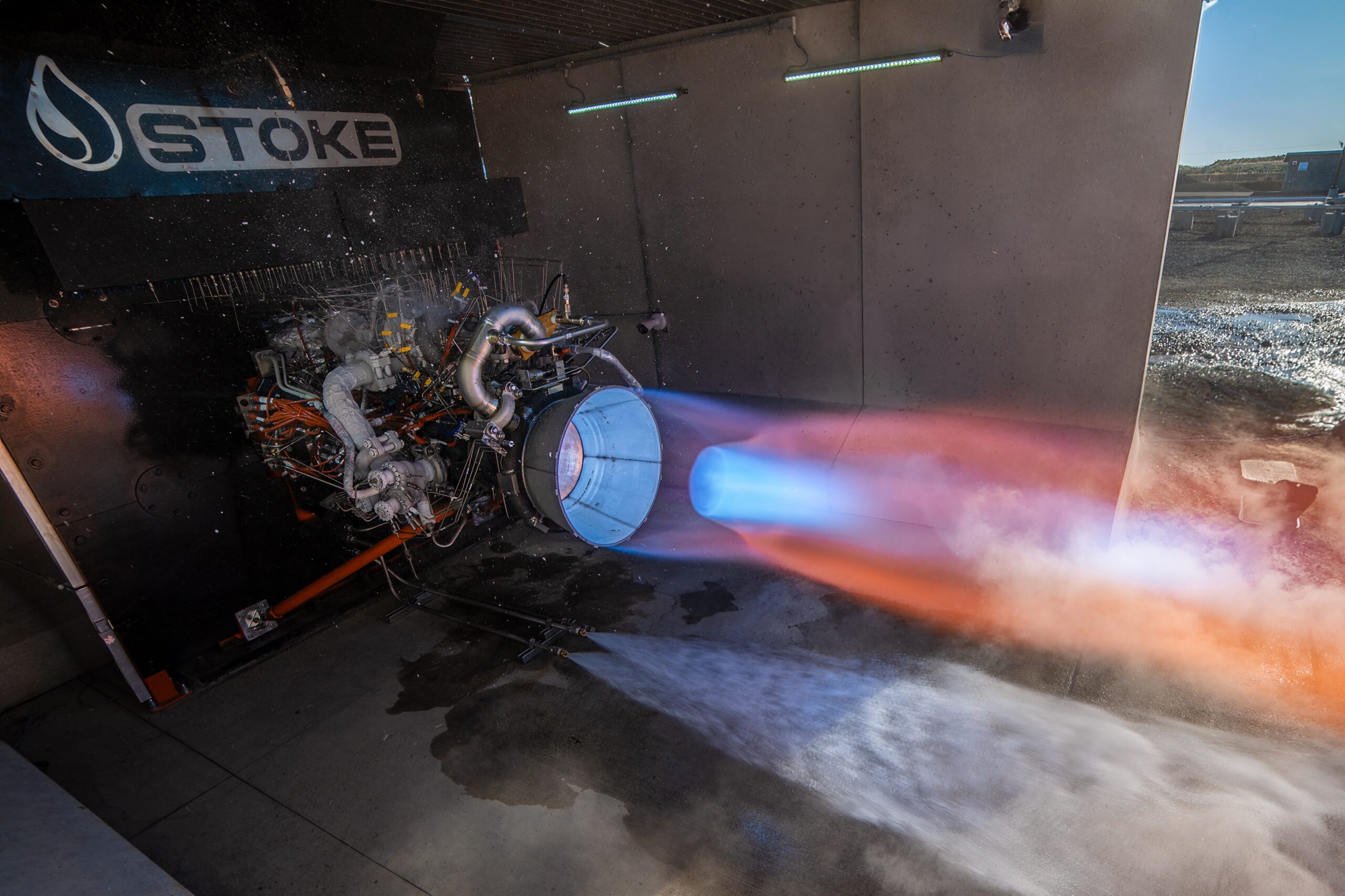NASA is set to launch an innovative artificial star into space, a mission designed to refine the accuracy of astronomical measurements.
This groundbreaking project, named the Landolt mission, involves deploying a mini satellite equipped with lasers that will mimic the light from stars and other celestial objects, offering a new tool for astronomers to calibrate their instruments with unprecedented precision.
NASA’s Landolt Mission and Its Objectives
The Landolt mission, named in honor of the late astronomer Arlo Landolt, who was known for creating influential stellar brightness catalogs, is scheduled to launch in 2029. The mission features a toaster-sized device equipped with eight lasers, designed to emit light at a known rate of photons.

This artificial star will orbit Earth from a height of 22,236 miles, moving at the same rate as Earth’s rotation, thus appearing fixed in the night sky. This stationary position will make it an easy and reliable target for ground-based telescopes.
The primary goal of the mission is to enhance the precision of measurements of stars’ brightness, a critical factor in understanding various cosmic phenomena. As Tyler Richey-Yowell, a postdoctoral researcher at Lowell Observatory, explains, “This is really new for us to have some sort of artificial star up there that we can go and rely on and use.” This level of precision is difficult to achieve with natural stars, as their exact light emission is unknown and Earth’s atmosphere absorbs and distorts some of their light.
Improving the Accuracy of Astronomical Measurements
One of the mission’s key objectives is to improve telescope calibration significantly. By using the artificial star’s consistent and well-defined brightness levels, astronomers can eliminate much of the guesswork involved in current calibration methods. Jamie Tayar, an assistant professor of astronomy at the University of Florida, highlighted the importance of this mission, stating, “Much of our comprehension of the universe hinges on our ability to gauge the brightness of celestial objects.”
The artificial star will help astronomers measure the light emitted from stars with up to ten times more accuracy than current methods. This increased accuracy will enable more precise assessments of stellar properties such as size, magnitude, and age. Tayar noted, “For each star, you need to know exactly how much energy is coming from the star, and exactly how far away the planet is, and so on,” underscoring the mission’s potential to advance our understanding of exoplanets and their habitability.
Broader Implications of NASA’s ‘Artificial Star’ for Astronomy
The Landolt mission is expected to have far-reaching implications for various areas of astronomy. By providing a reliable calibration source, it will aid in studying phenomena ranging from nearby stars to distant supernovae. This could also help address one of the biggest challenges in cosmology: accurately determining the universe’s expansion rate. Current methods yield slightly different values, and this mission could provide the data needed to resolve these discrepancies.
Understanding the expansion rate is crucial for studying dark energy, the mysterious force believed to drive the universe’s accelerated expansion. The data obtained from the Landolt mission could help astronomers better understand this force and its implications for the future of the universe.
Tyler Richey-Yowell summarized the mission’s potential impact, saying, “So really anything from small, tiny planets to the whole scale of the universe relies on our understanding of stars and how bright they are and what kind of light they’re emitting. I really do think it will be revolutionary for astronomy.”
The Landolt mission represents a significant advancement in astronomical research, providing a new tool to enhance the accuracy of stellar measurements. As the mission progresses, it promises to offer insights that could transform our understanding of the cosmos, from the smallest exoplanets to the vast expanses of the universe

Daisy Hips is a science communicator who brings the wonders of the natural world to readers. Her articles explore breakthroughs in various scientific disciplines, from space exploration to environmental conservation. Daisy is also an advocate for science education and enjoys stargazing in her spare time.








